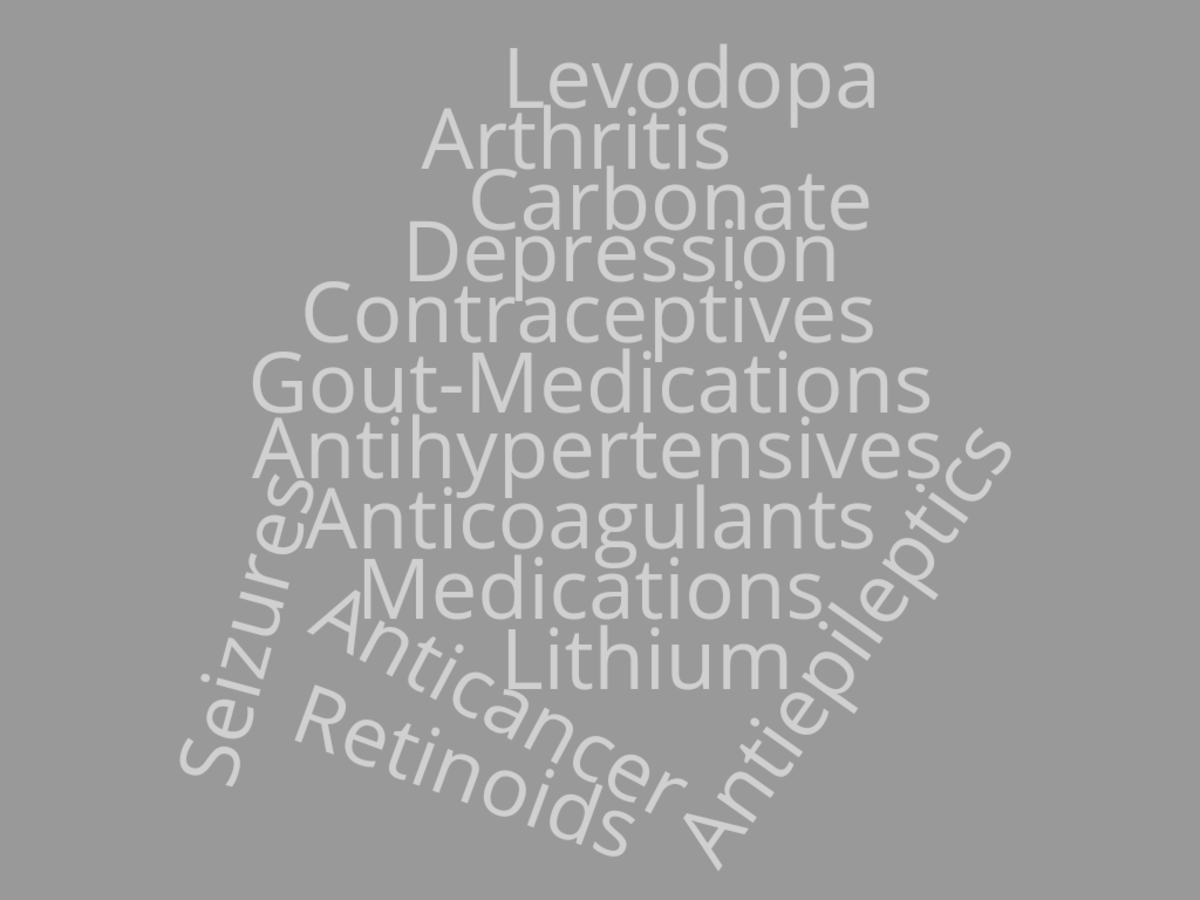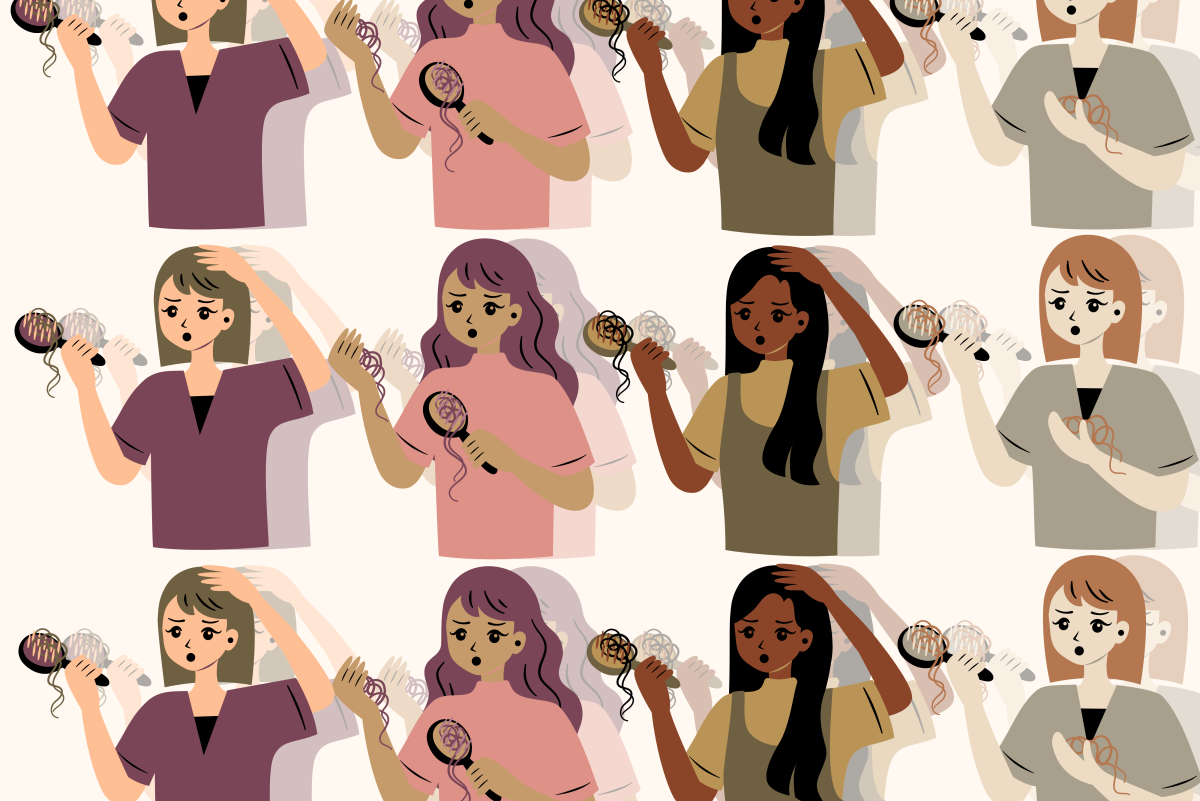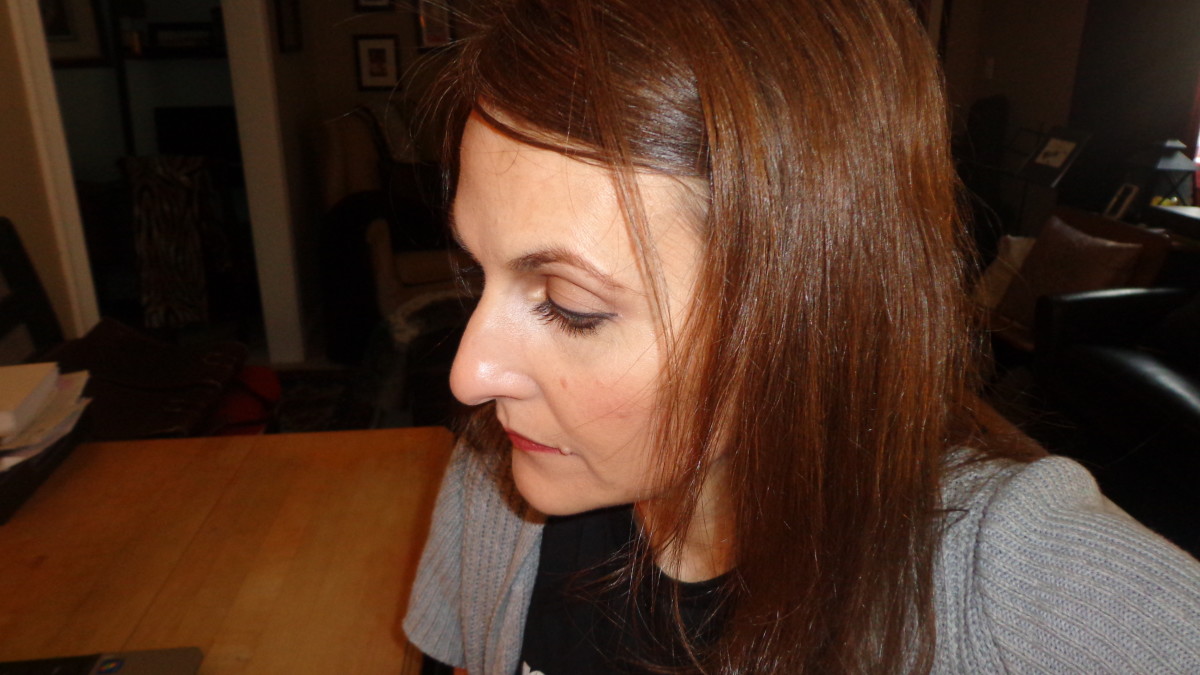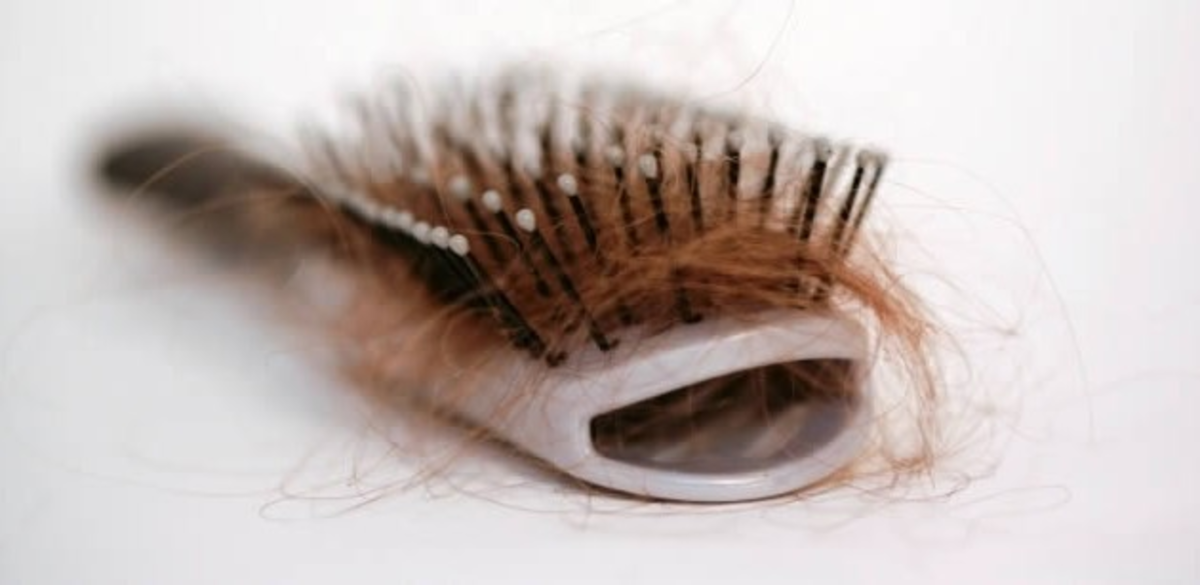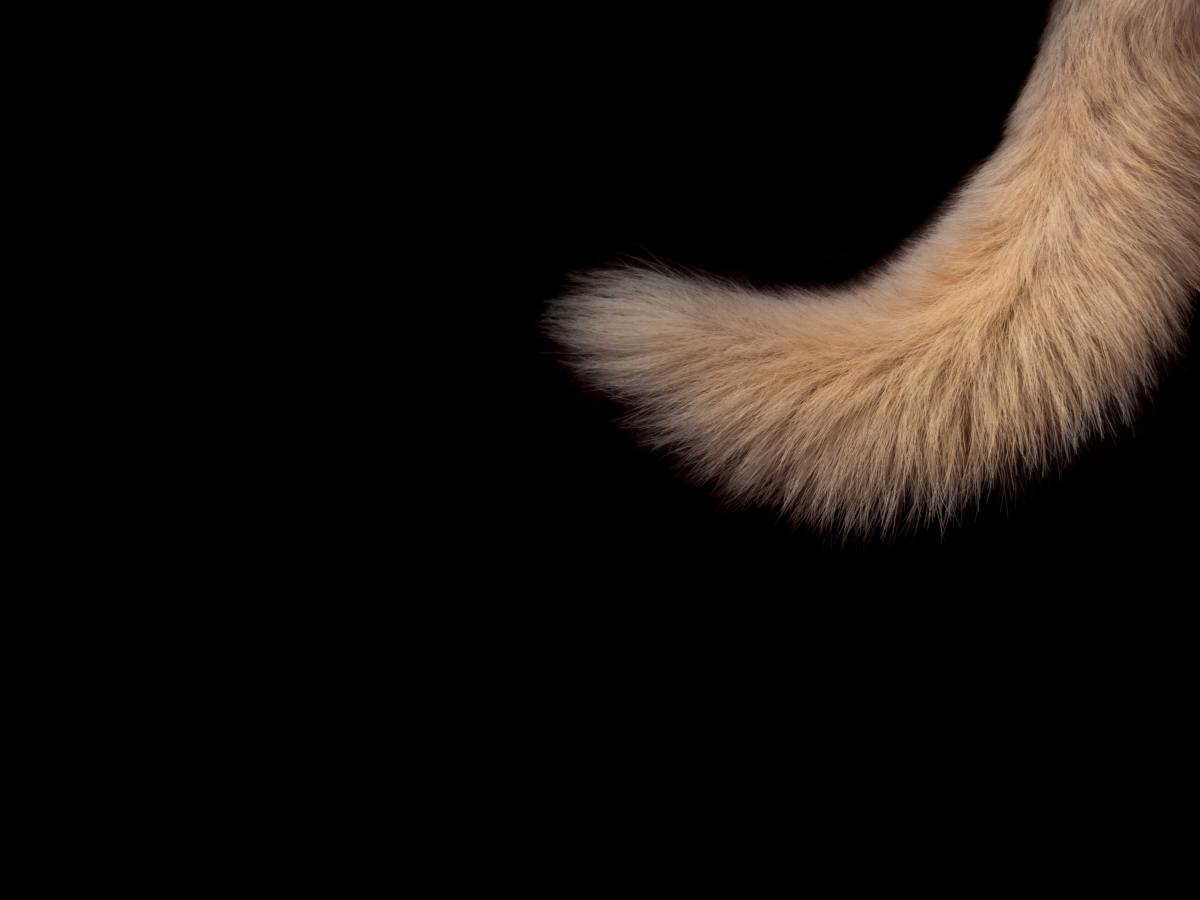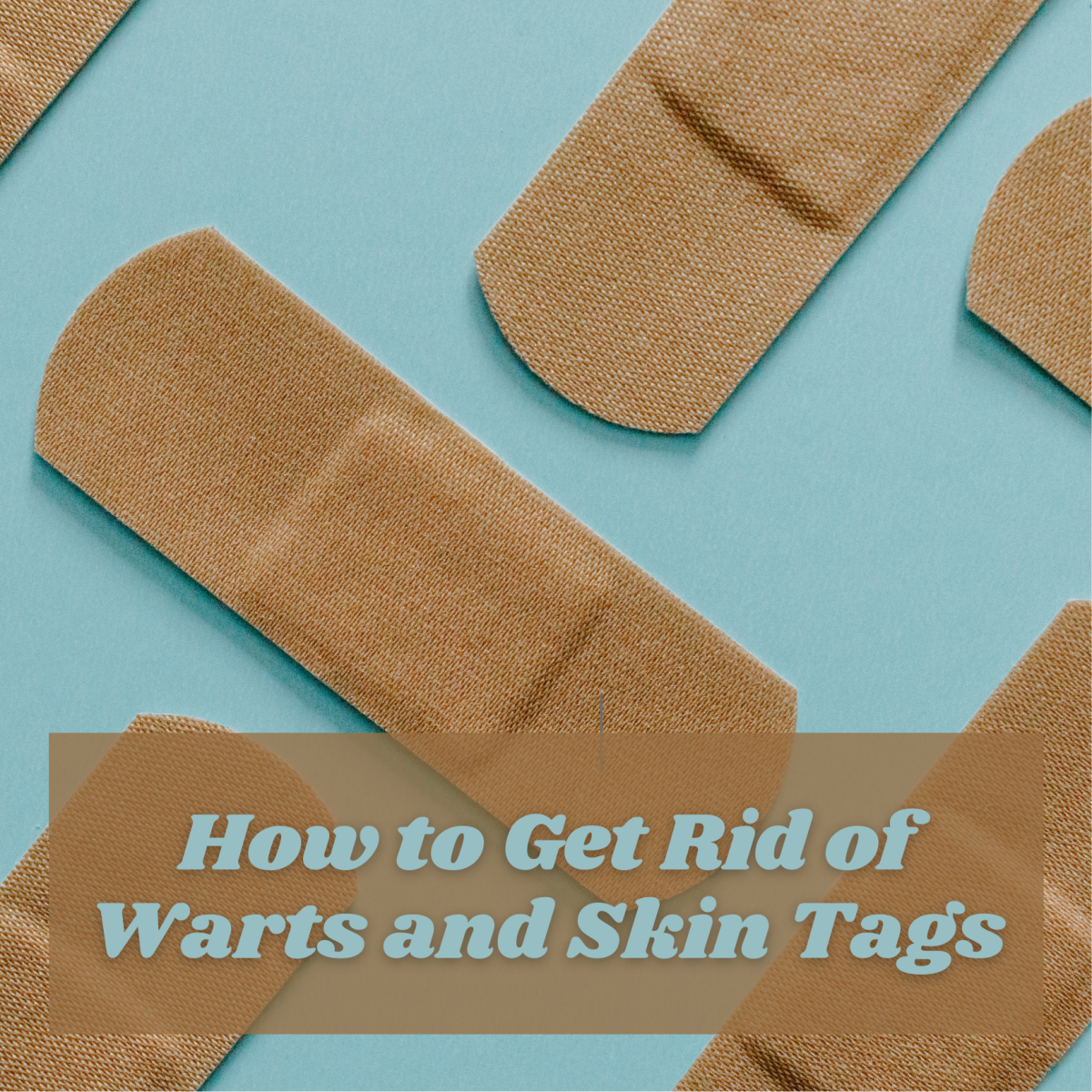Hair (s)care: A guide to surviving hair loss
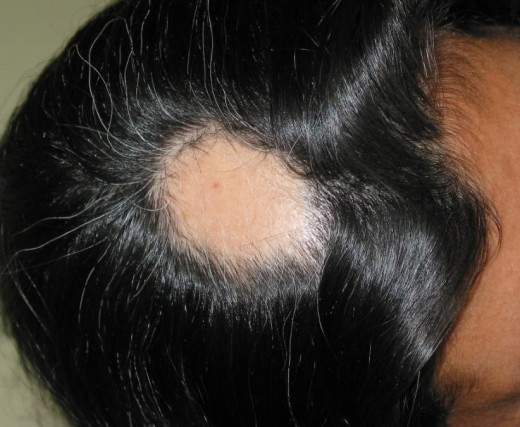
Hair loss, especially if it manifests in the form of medical conditions like alopecia, is one of the most devastating of physical problems that adults have to deal with. And that’s saying something, considering that it is not a terminal disease and does relatively little damage to your body other than causing baldness.
It comes as an immediate, unexpected reminder of mortality, and makes you look years older than you actually are. In a sense, it is as much a psychological, social problem as a physical one. This has everything to do with the fact that our vanity, our self-image, and our notions of normative beauty are somehow tied up to the volume of hair on our head. Bald people are often made the butt of jokes, even though their condition stems completely from medical factors.
The worst thing about hair loss is that medical research has done little to find foolproof hair loss treatments. If you are cursed with alopecia, many doctors will pretty much try to send you off with empty reassurances, telling you to ‘be grateful it’s not cancer’. But don’t be fooled – there is much you can do by way of hair loss treatment. While a cure is still elusive, you can ward it off for very long, and even get it back by going the extra mile. Here are a few popular hair loss and baldness treatments.
Rogaine
Some hair loss every day is absolutely normal. If it is more than usual, it may be because of poor nutrition (been on a diet lately?) extreme stress or illness (a condition called telogen effluvium) lack of hair care (styling too much?) or physical conditions such as anaemia or thyroid disorders. A complete blood workup will shed light on the cause. In such cases, treating the underlying cause will reverse the hair fall.
Androgenic alopecia
And then there’s the more devastating, difficult and dreaded form of alopecia, which is caused by genetic factors. If you suffer from male or female pattern baldness, your doctor will probably prescribe you a sickly sweet smelling solution called Minoxidil. Sold under the brand names Rogaine and Theroxidil, this is pretty much one of the only antidote to genetic hair loss, slowing the rate of hairfall considerably, stimulating hair regrowth, and keeping baldness at bay for long enough for you to save up for costlier, surgical treatments.
Remember that when you first start using Minoxidil, your may notice that the hairfall has accelerated: this is the time to grit your teeth and soldier on. This accelerated hairfall actually means that the drug is kicking in, so don’t lose hope you will notice regrowth in your thinning patches in about 4 months.
It’s not for everyone, though. The discovery of Minoxidil as a hair loss drug was fortuitous – it was earlier prescribed for high blood pressure medicine, and patients using it suddenly realised that a happy side effect of the medicine was hair growth. Today, it is the most popular and commonly used topical drug for baldness and alopecia.
A prescribed quantity has to be applied twice a day to a dry scalp. Depending on factors like age, sex, gender or stage of alopecia, doctors may prescribe 2% or 5% solutions of the medicine. Remember that the efficacy of the drug will wane as you age, so brace yourself for surgery or save to invest in a good hair piece.
From the inside
If you want to help the drugs a bit, you must keep an eye on what goes into your mouth – for it will ultimately reach your hair follicles. Doctors recommend foods rich in Omega 3 fatty acids, like flaxseeds, almonds, walnuts. Green veggies like capsicum and spinach are also essential for good hair, as are tomatoes. Soy products are said to work wonders for people with genetic hair loss, blocking the action of testosterone, high levels of which are said to cause alopecia in men and women – so chomp on tofu, sip on soy milk or add a serving to soy nuggets to your daily diet if hair loss has been the bane of your existence. Even though there is little scientific evidence to prove that soy helps with hair loss, it is a rich source of protein, which can only boost the quality and strength of your hair.
Pop a pill?
There are other drugs out there –Finasteride, prescribed for male pattern baldness under the drug name Propecia. This medication is known to be most effective for adult males, especially when taken in conjunction with Minoxidil. The chemical releases an enzyme that blocks the action of DHT (Dihydrotestosterone), which is a derivative of testosterone that triggers genetic pattern hair loss.
Trickier for women
Androgenic hairloss in women (known as female pattern baldness) is trickier to treat. It is mostly brought about by hormonal imbalances, and while Minoxidil is prescribed, it cannot be used by pregnant women, as it may affect the health of the foetus. A drug called Diane 35 is known to work particularly well for hairloss brought about by hormonal imbalances in women – it brings down testorsterone levels and realigns the ratio of other reproductive and sexual hormones that are out of whack. But this is a contraceptive, so you cannot use it if you want a baby. It has also been linked to fatal diseases like liver cancer and deep vein thrombosis, so the danger of devastating side effects always seems to outweigh the loss of vanity from hair loss.
Finasteride is not known to have particular effect on women. Most doctors shy away from prescribing it to women of childbearing age, as it is said to have a feminising effect on male foetuses. (Suffice to say that it is not a good idea to conceive if you are taking Propecia).
The final, and often inevitable solution for those who cannot bear to be bald is surgical hair transplant: all your favourite stars who were thinning in the 90s and now have their mop back have probably taken that route to a full head of hair. It’s expensive, but it works.
© 2013 Juana

